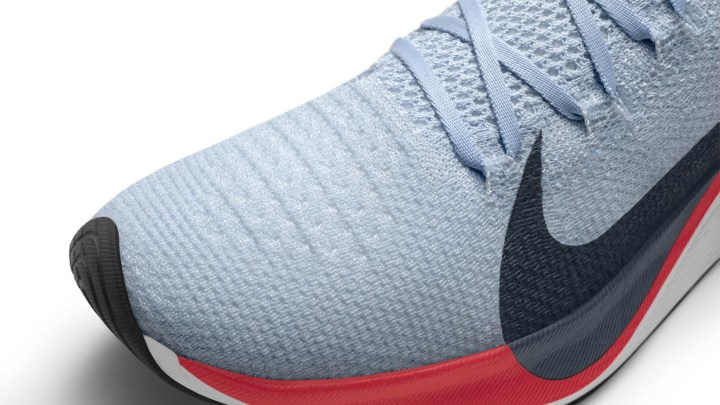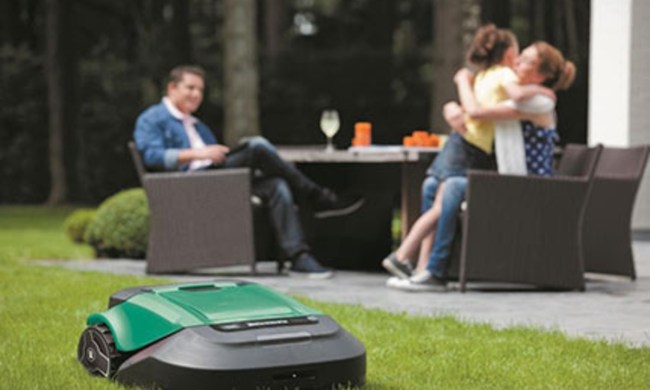
The shoe is part of Nike’s goal to see a runner break the two-hour marathon barrier. Based off a version worn by the marathon winners in Rio, this customized version redefines what it means to be a long-distance racing shoe.
Weighing in at a mere 6.5 ounces, the Zoom Vaporfly Elite feature a thick midsole embedded with a stiff carbon-fiber plate. Unlike more conventional foam midsoles, this shoe returns about 13 percent more energy. According to Nike, the plate saves 4 percent of the energy needed to run at a given speed. This design essentially reduces the amount of oxygen needed to run at a faster pace.
This stiff plate is what’s causing the controversy. Even if 2016 Olympic champion Eliud Kipchoge manages to break the two hour mark, he may not meet the necessary certification requirements because the shoe may not conform to the footwear standards of the International Association of Athletics Federations (IAAF).
As IAAF’s Rule 143 states, shoes “must not be constructed so as to give an athlete any unfair additional assistance, including by the incorporation of any technology which will give the wearer any unfair advantage.” The debate rests on the phrase “unfair advantage.”
According to SGB Media, Nike was unaware of any formal approval process. Shoe companies don’t usually submit their shoes for inspection. “We’re giving our athletes a benefit within the rules as they’re written,” said Bret Schoolmeester, Nike’s senior director of global running footwear. “We’re not using any sort of illegal springs or anything like that.”
In June, a retail version of the shoe called the Zoom Vaporfly will be available for $250 a pair.

